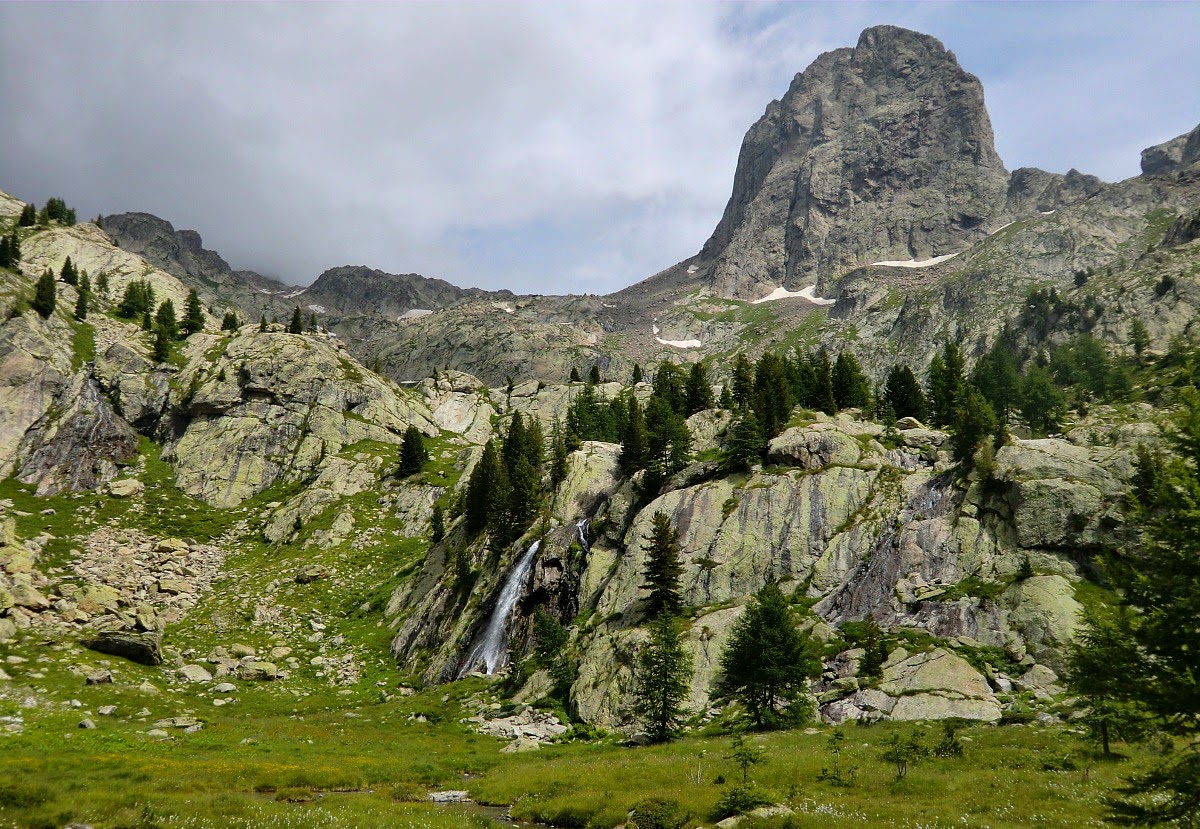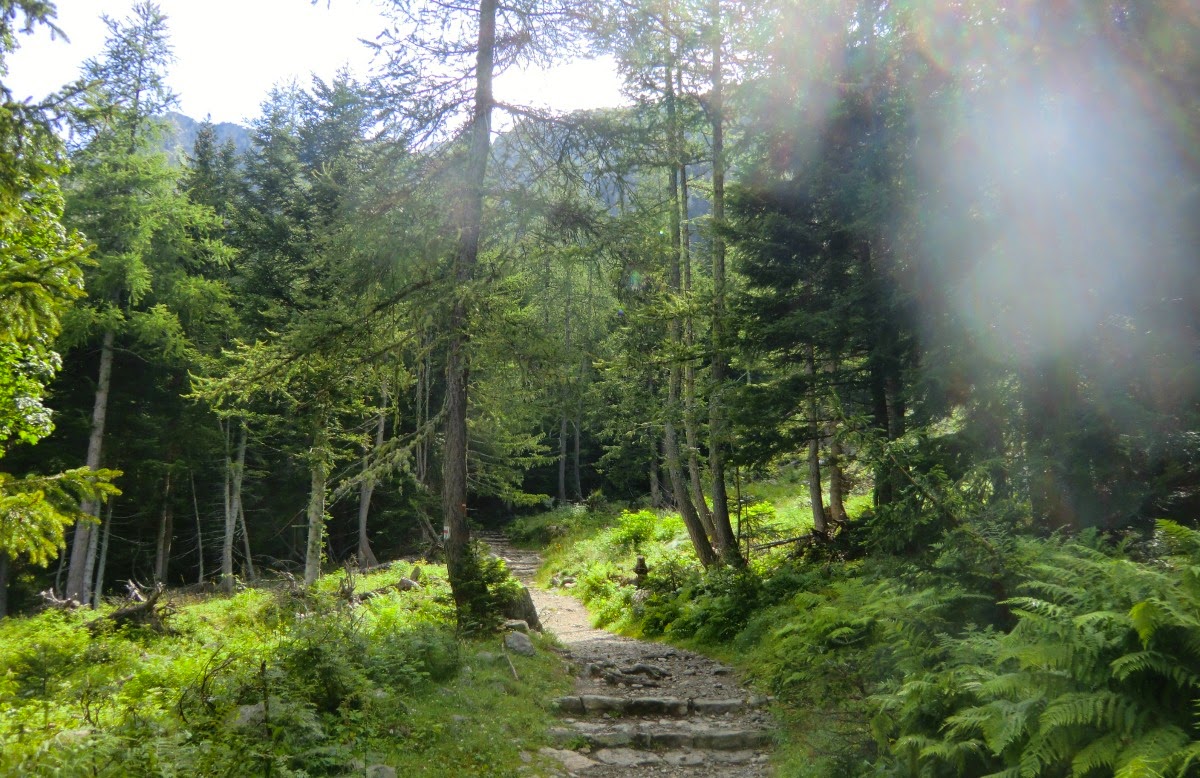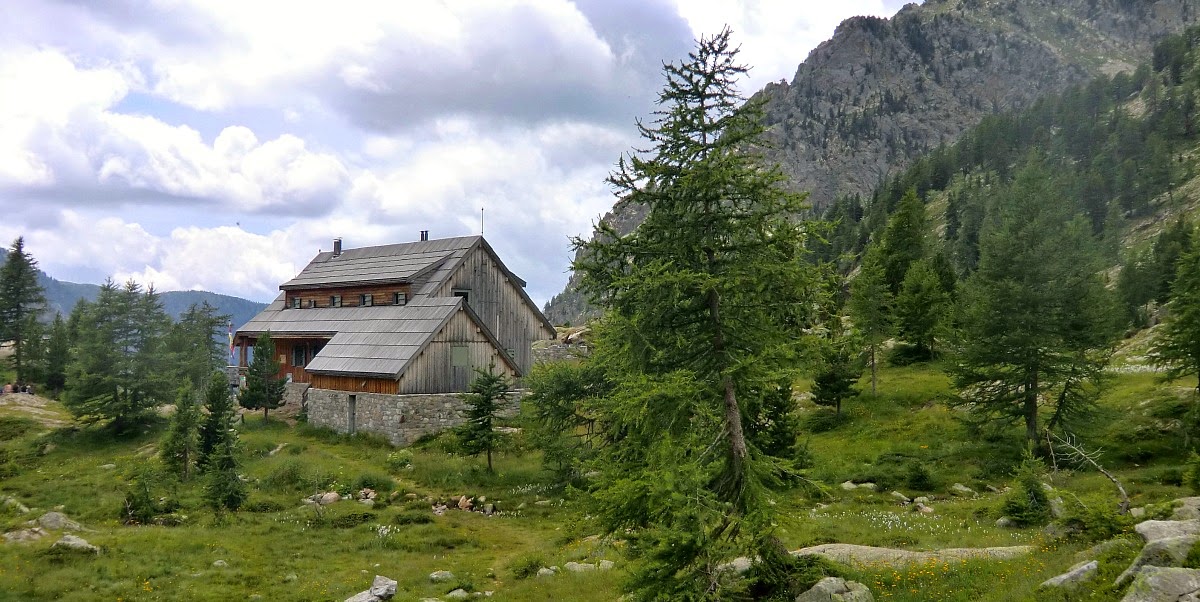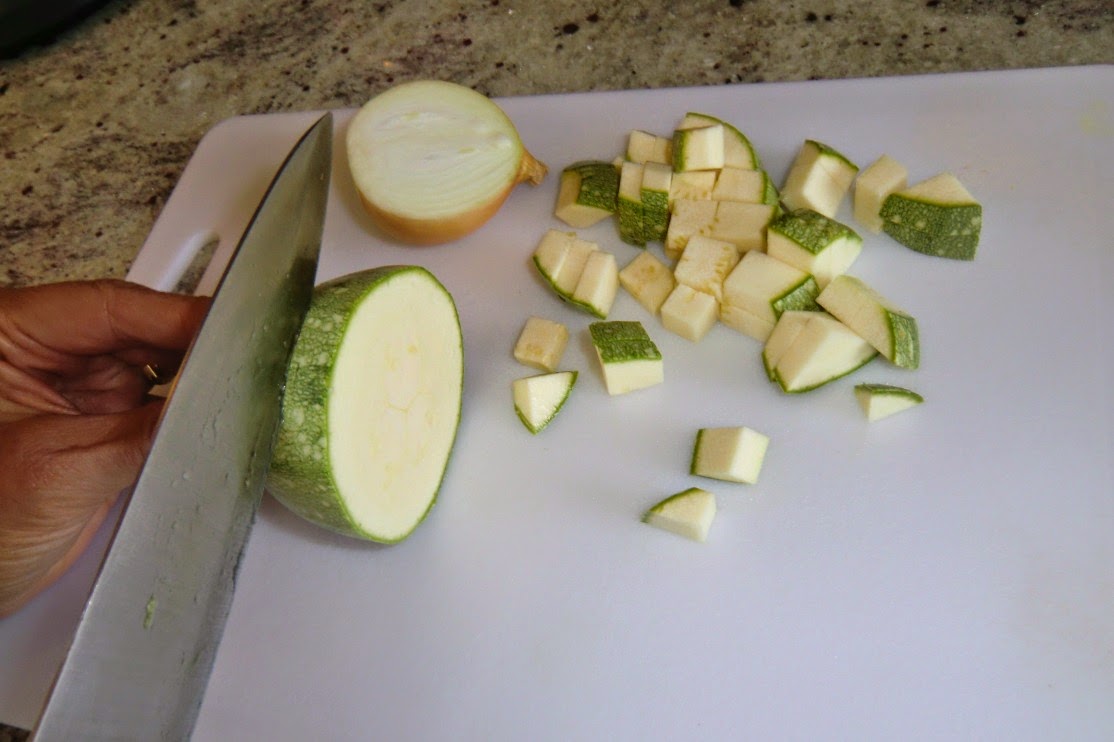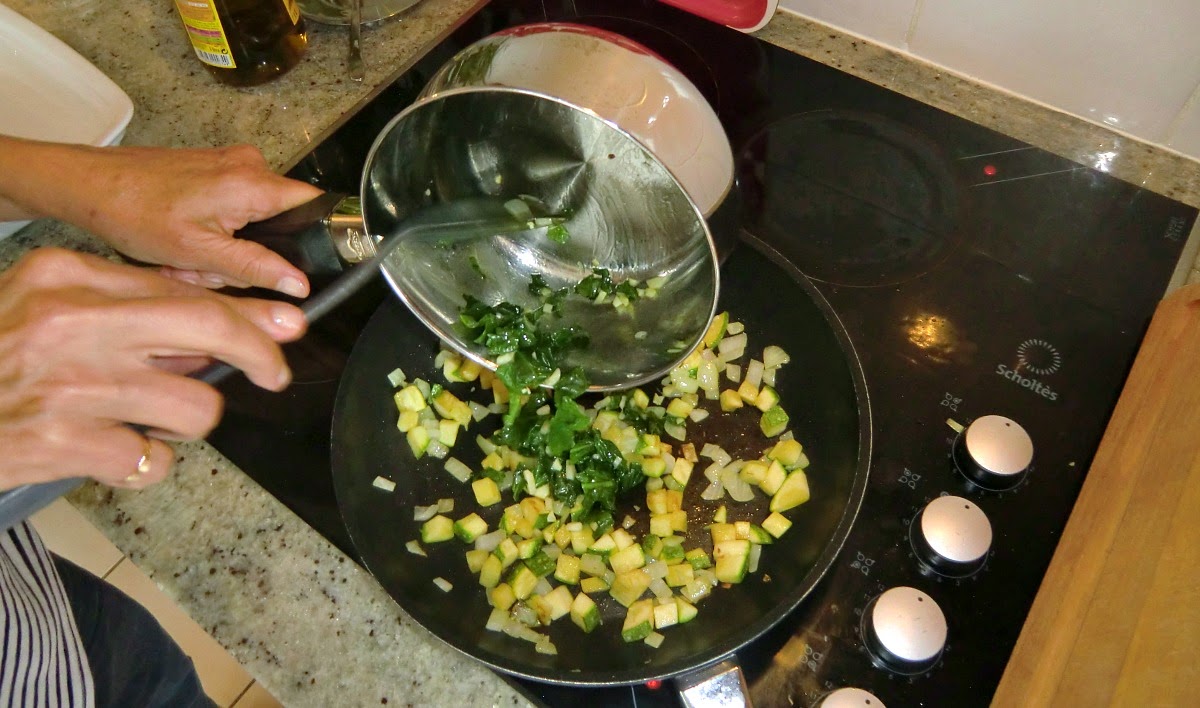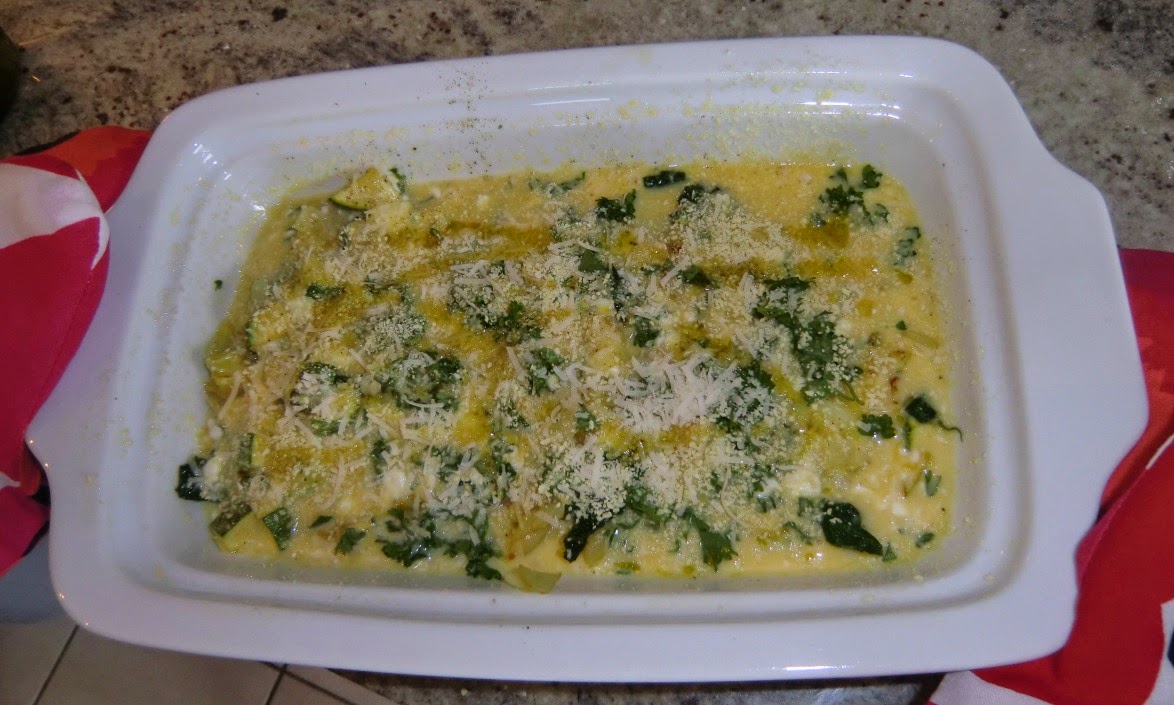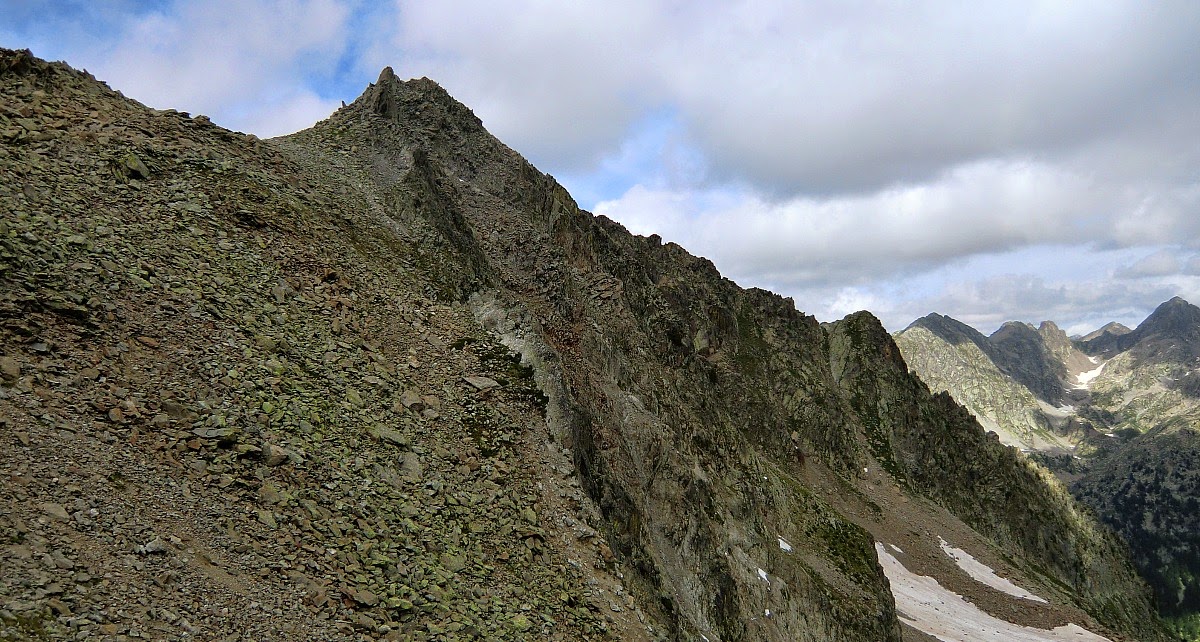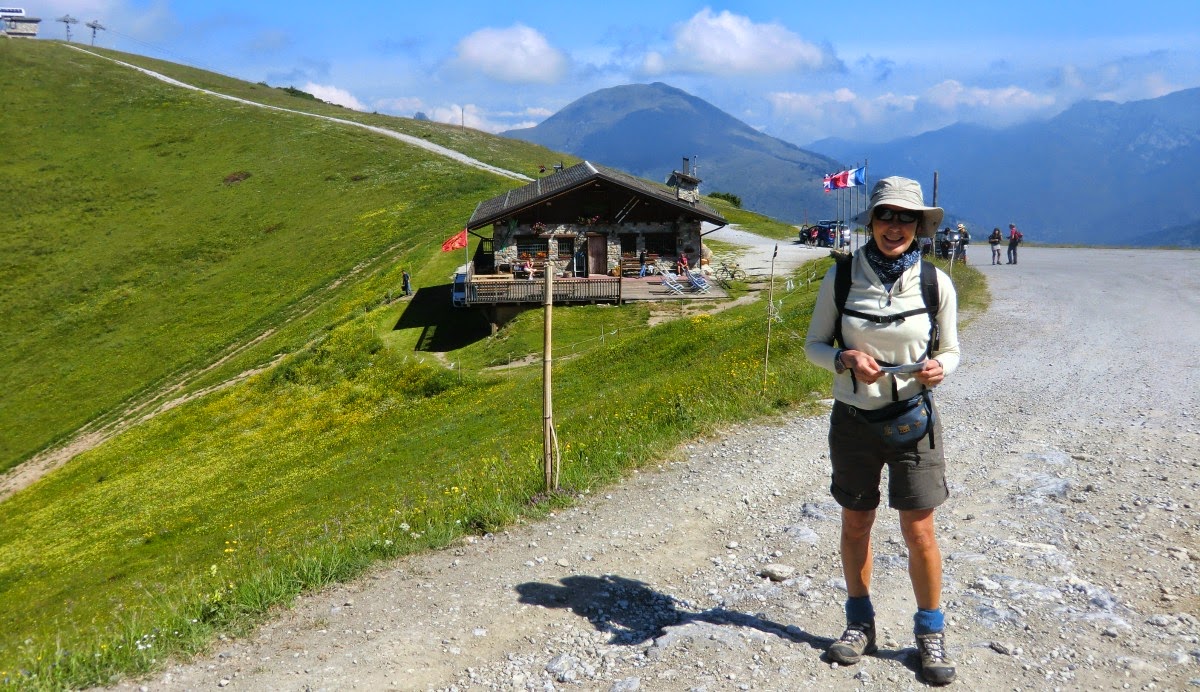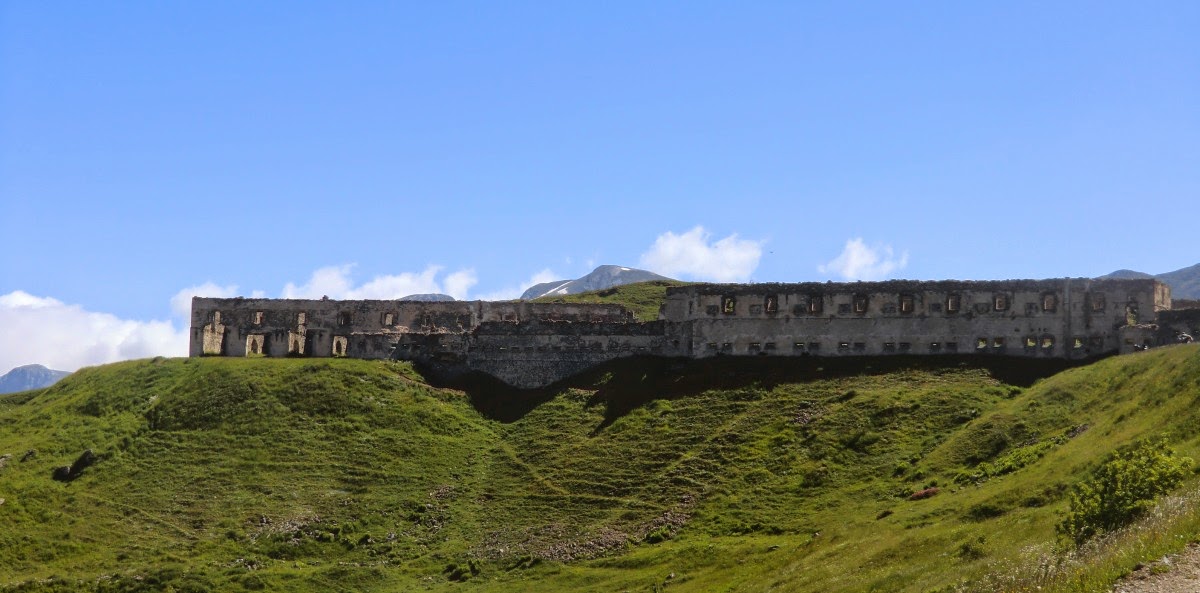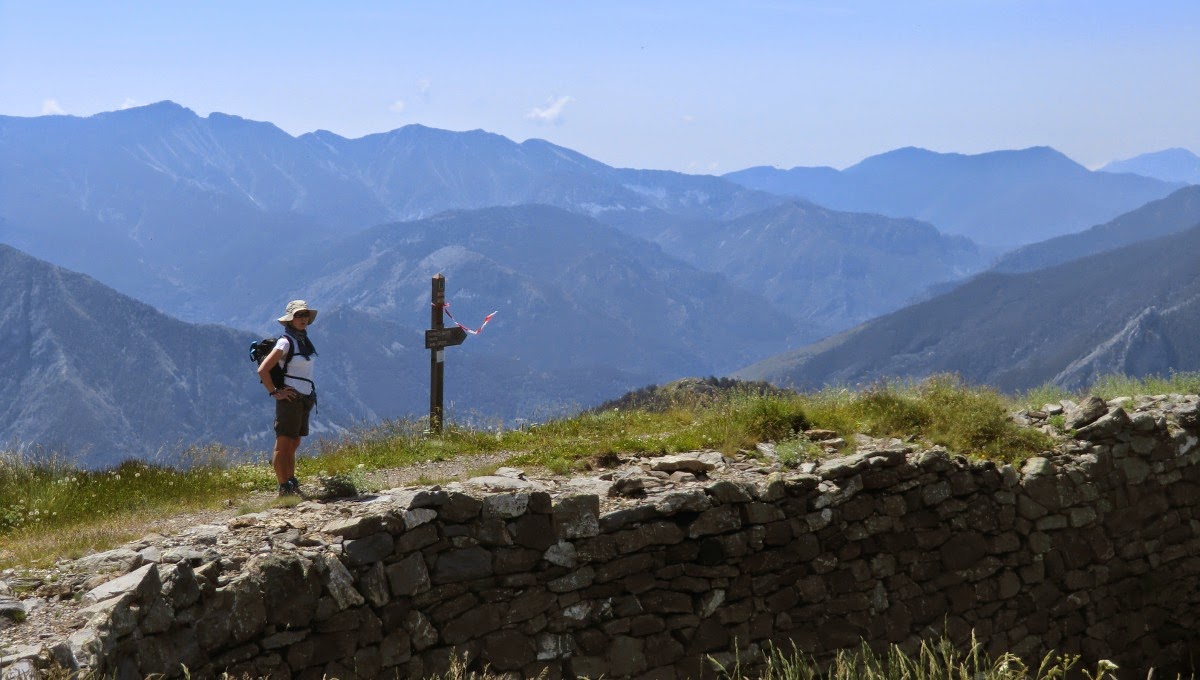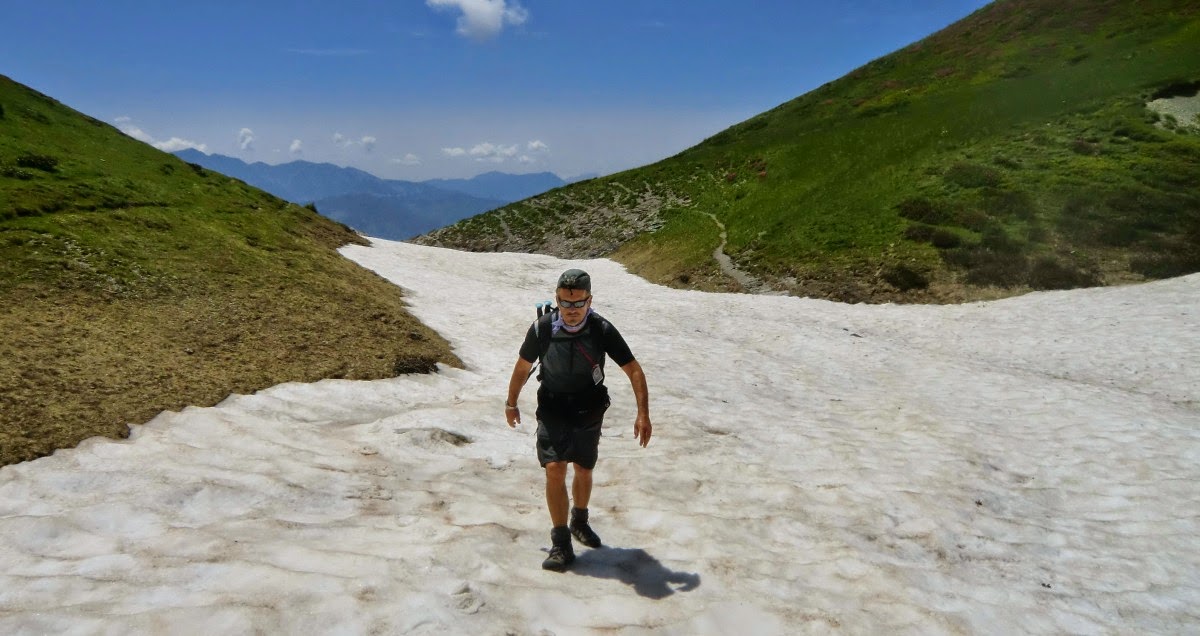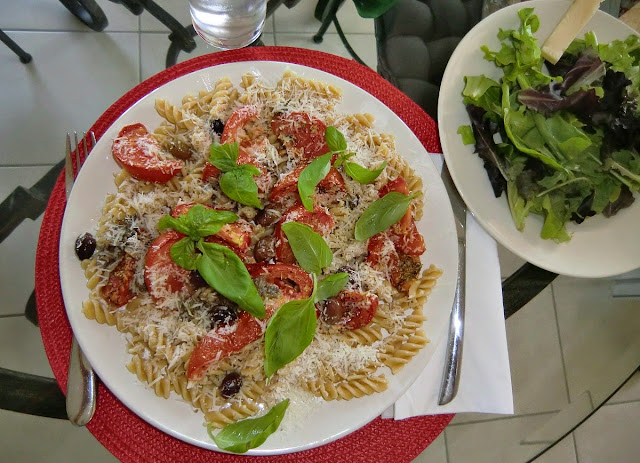Grilled lamb recipe
The Mercantour National Park 70- 100 km north of Nice has about 600 km of marked hiking trails. Just the French Randoxygène guide book lists 60 hikes in Haut Pays, 60 in Moyen Pays, not all of these trails are inside the National Park. There are even more options by improvising and using other guide books. So we usually drive from Nice, hike for 4- 6 h in super surroundings and return home for dinner.
After a long day in the mountains the dinner ingredients must be stocked at home, the dinner has to be simple and quick to cook, healthy and preferably have some connection with the mountains. I like to use ingredients that are typical of arrière-pays; chick peas, dried herbs and lamb. And combine these with plenty of antioxidant-rich vegetables; bell peppers, tomatoes, onions, garlic, and a green salad as a side dish. Grilled slices of lamb leg, sautéed bell peppers, shallots and garlic with chick peas, tomato paste and dried Provencal herbs satisfy all these requirements.
Grilled lamb recipe
2 servings
2 nice slices of lamb leg, tranches de gigot, about 150 g each
4 tbsp olive oil
1 red bell pepper
1 yellow bell pepper
2 shallots
1 clove garlic
A 400 g tin of chick peas
3 tbsp tomato paste
50 ml water
1 tsp dried Provencal herbs
Freshly ground black pepper
Fresh parsley or other fresh herb to decorate
Wash and dry the bell peppers and cut them into strips discarding the seeds and interior white membranes. In a frying pan warm 2 tbsp olive oil over medium- high heat. Fry the bell peppers, stirring now and again, until they have got some colour.
Peel the shallots and garlic clove. Thinly slice the shallots and mince the garlic. Reduce the heat to medium- low and add the shallots and garlic in the pan. Gently cook for about 10 minutes, stirring occasionally.
Meanwhile wash the parsley and dry with kitchen paper. Finely cut the parsley and set aside.
Add 3 tbsp tomato paste, 50 ml water, and 1 tsp Provencal herbs to the pan, stirring well. Wash chick peas under running water and add to the pan. Mix well all the ingredients. Cover the pan with foil and let stew gently while you cook the lamb.
In a large frying pan warm 2 tbsp olive oil over high heat. Fry the slices of lamb leg 2 ½ minutes on both sides for medium rare. I like them to be pink inside. As the French chefs say: “On les deguste rosé.” Place the lamb slices on a wooden cutting board, cover with foil and let rest for a few minutes.
Divide the vegetable- chick pea stew on the plates and decorate with parsley. Serve with a green side salad.










